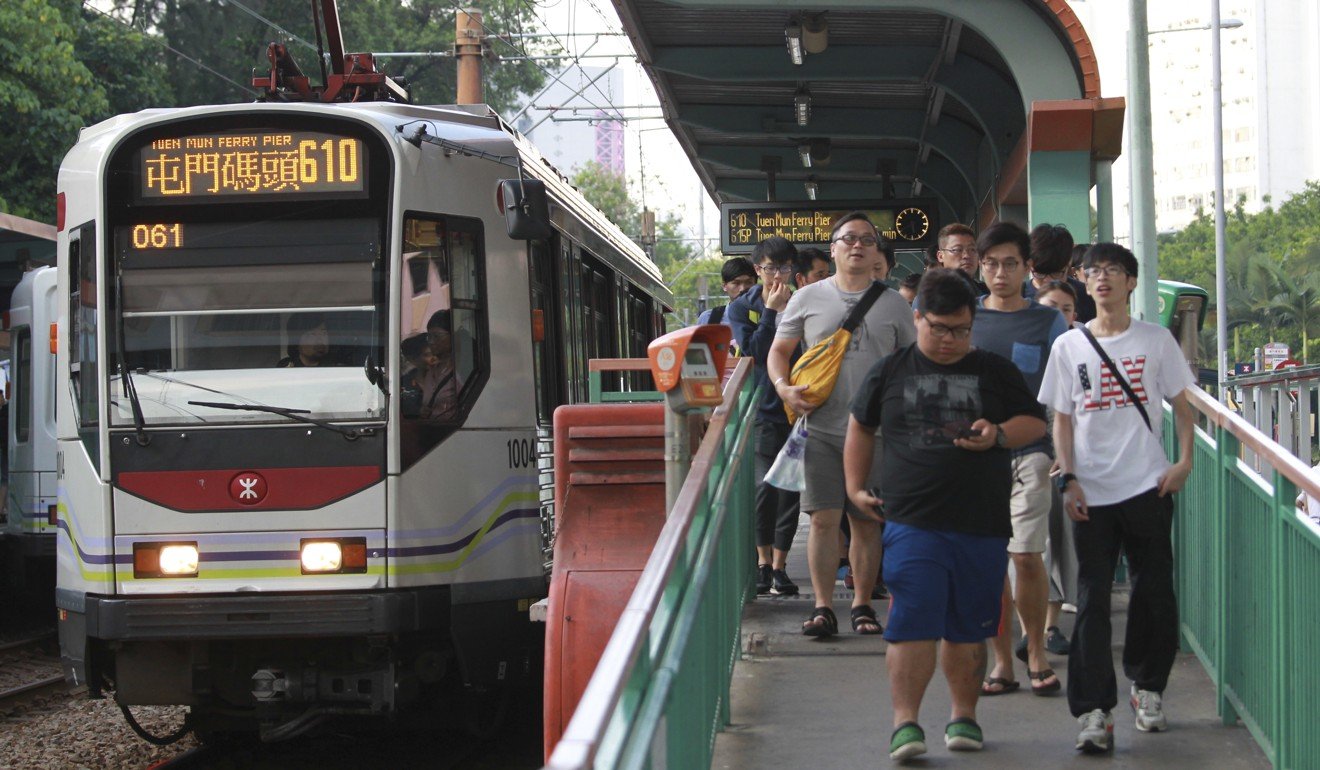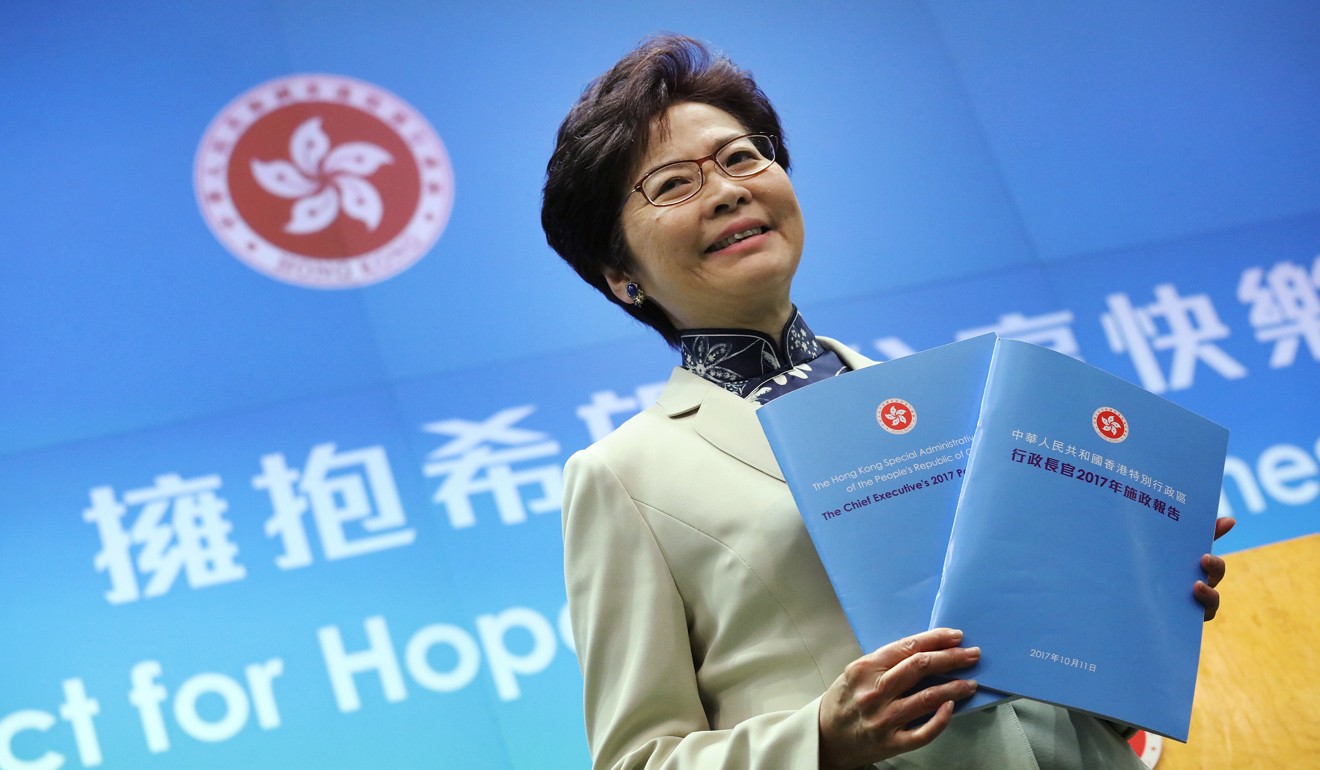
Hongkongers will have to collect transport subsidy at fixed venues because of ‘memory shortage’ on Octopus card system
More than 2.2 million residents who qualify for Public Transport Fare Subsidy Scheme will have to manually collect it at 1,749 designated venues around Hong Kong
However, in a report submitted to the Legislative Council on Monday, the Transport and Housing Bureau said eligible commuters would not be able to have their subsidy automatically added to their Octopus card at ticket gates.
“The hardware currently used by the relevant operators does not have enough memory space to store and process the data files,” the bureau said in the report.

Instead, commuters would have to collect the subsidy by tapping their Octopus card on dedicated readers at 1,749 designated venues around the city, including 50 Octopus Service Points, 94 MTR stations, five Light Rail customer service centres and about 1,600 convenience stores and supermarkets.
The hardware currently used does not have enough memory space to store and process the data files
The subsidy could also be collected through the Octopus mobile app.
“A year after the implementation of the scheme, the government will review the scheme’s operation and effectiveness,” the bureau said.
According to the report, the Octopus system currently operates in offline mode and all transactions, including the automatic add-value, involve only transmission between the cards and the readers, without connecting to the network.

For an automatic subsidy collection to be provided at ticket gates, the card readers would need to first download data files related to the subsidy, including card numbers and subsidy amounts from the central service each month to verify the entitlement.
“This will substantially extend the time required for completing the transactions [of fares and different concessionary schemes],” the bureau said, without providing an estimation of extra time needed.
Despite the limitation, the government insisted “it is more appropriate to implement the scheme through the existing system at the current stage”, arguing the Octopus card was more widely used in the city than other electronic payments.
How the Hong Kong government can improve its transport subsidy scheme
Some 99 per cent of Hongkongers aged between 15 and 64 own an Octopus card and the contactless payment covers all public transport in the city, as well as many convenience stories and supermarkets.
An Octopus Cards spokeswoman said the company had no additional information to provide.

